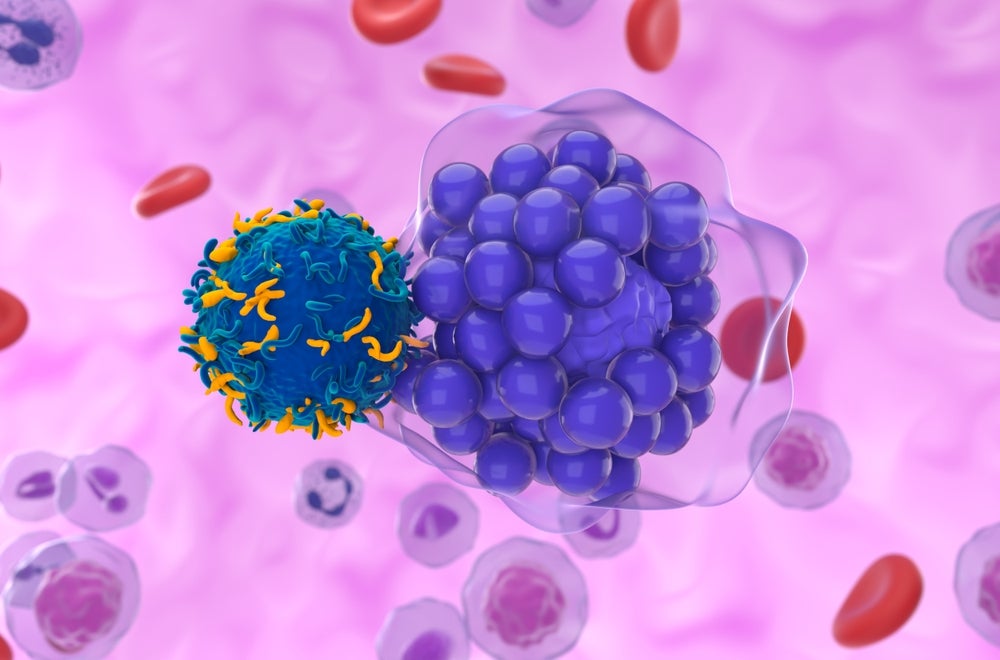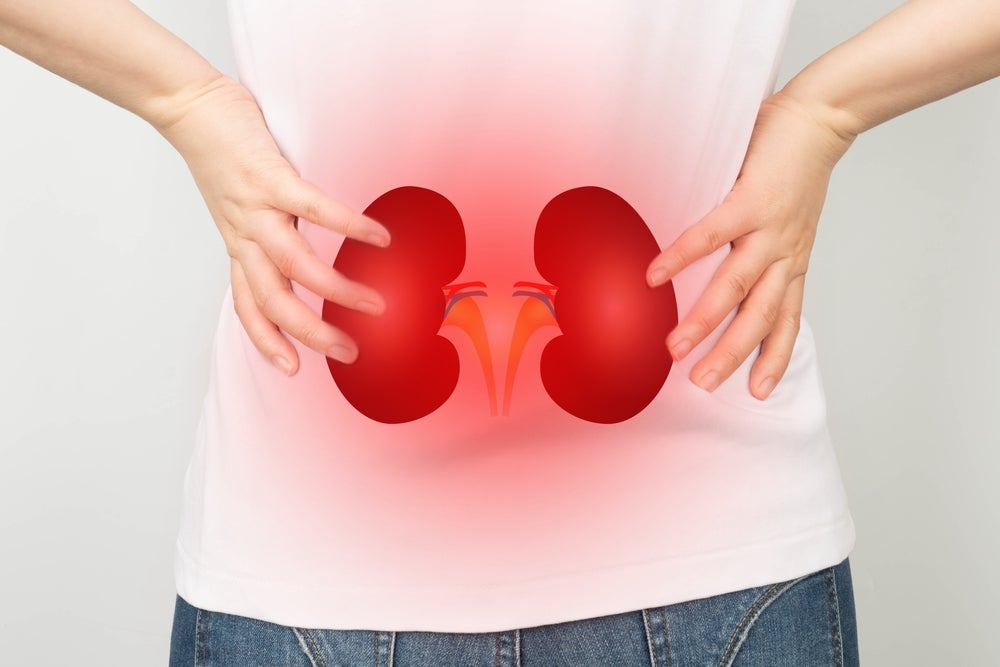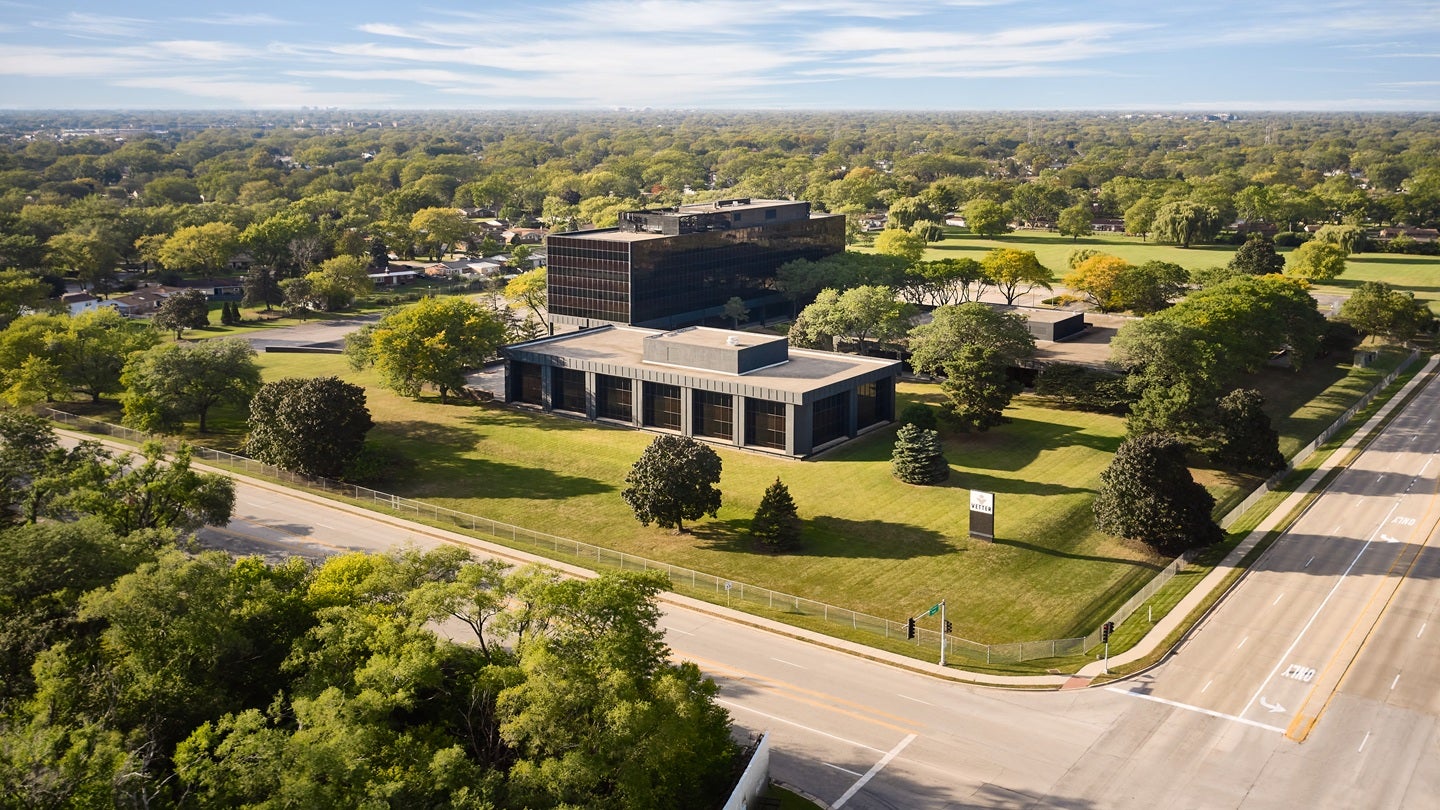Cement Ingredients Harvested from Air Through Innovative Carbon Capture Technique
Researchers at the University of Michigan have reached a significant milestone in environmental chemistry by developing an innovative method that converts carbon dioxide (CO2) – a notorious greenhouse gas and byproduct of industrial activities – into metal oxalates. These metal oxalates can then serve as precursors for cement production, thereby addressing two pressing global challenges: […]


Researchers at the University of Michigan have reached a significant milestone in environmental chemistry by developing an innovative method that converts carbon dioxide (CO2) – a notorious greenhouse gas and byproduct of industrial activities – into metal oxalates. These metal oxalates can then serve as precursors for cement production, thereby addressing two pressing global challenges: carbon emissions and increasing demand for sustainable construction materials. This breakthrough unveils the potential of reengineering carbon dioxide into valuable resources rather than merely accepting it as waste.
Leading the research is Professor Charles McCrory, a noted chemist and an associate professor at the University of Michigan. He, alongside collaborative teams from the University of California, Davis, and the University of California, Los Angeles, spearheaded a project that explores methods of capturing carbon dioxide and transforming it into useful compounds. This collaborative effort illustrates the power of interdisciplinary research in the pursuit of pioneering solutions to environmental problems. The collaboration between different institutions brings together diverse expertise, which is vital for tackling complex scientific challenges.
The study of carbon dioxide capture is not new; however, its application towards producing metal oxalates as cement precursors represents an inventive twist. Metal oxalates have not been thoroughly explored for their potential in the cement industry, and their use could lead to more sustainable practices. Cement manufacturing is notorious for its high carbon footprint due to the energy-intensive processes involved, primarily the production of Portland cement. By finding alternatives to conventional cement production, researchers are not just addressing environmental concerns but also paving the way for advancements in construction materials.
.adsslot_NfIpVYX3Ok{width:728px !important;height:90px !important;}
@media(max-width:1199px){ .adsslot_NfIpVYX3Ok{width:468px !important;height:60px !important;}
}
@media(max-width:767px){ .adsslot_NfIpVYX3Ok{width:320px !important;height:50px !important;}
}
ADVERTISEMENT
One of the unique aspects of this method is the use of lead as a catalyst. While lead is widely regarded as a toxic element, the research team ingeniously minimizes its harmful effects by utilizing trace amounts. Traditional methods that employ large quantities of lead pose significant health and environmental risks, but McCrory’s team discovered that the catalytic process could be fine-tuned. By manipulating the microenvironment around the lead catalyst, they have significantly reduced the required lead concentration to mere parts per billion — a level that minimizes the potential hazards associated with lead exposure.
The chemistry behind this transformation involves a series of electrochemical reactions. At one end of the system, carbon dioxide is converted into oxalate ions through the action of the lead catalyst. Conversely, a metal electrode is oxidized and releases metal ions that bond with the oxalate ions, resulting in a precipitate of metal oxalate that can be harvested as a solid product. This solid form is advantageous for integration into the cement-making process, making it a dual-purpose solution that not only captures CO2 but adds functional value to it.
The implications of this research extend beyond the immediate goal of producing cement precursors. Metal oxalates represent a largely underexplored area in material science. Their properties could be harnessed for carbon dioxide storage solutions, enhancing the scope of potential applications while also contributing to addressing the climate crisis. As a sustainable alternative, metal oxalates promise to play a significant role in a future where construction materials and processes are not only efficient but environmentally responsible.
McCrory emphasizes that the successful production of solid metal oxalates not only represents a triumph in the capture process but ensures that the carbon dioxide is sequestered and won’t re-enter the atmosphere under normal conditions. This permanence transforms a liability into an asset, underscoring the effectiveness of the capture strategies being employed. As researchers continue to innovate, it is imperative that these newly developed methodologies also focus on practical application and scalability.
The researchers are optimistic about scaling up this production process. The foundation for this scalability is being built through ongoing studies aimed at refining the electrochemical process for broader industrial applications. Researchers recognize the challenges inherent in scaling up the production of these solid products but are guided by the idea that reducing the lead catalyst to trace levels is essential for sustainable practices. Such foresight demonstrates a commitment to not just achieving technical advancements, but doing so in a manner that is environmentally conscious and regulatory-compliant.
The collaboration among McCrory’s research group, Velázquez’s lab, and Alexandrova’s lab has truly advanced the conversation around sustainable construction materials. Each team brought their distinct perspectives and areas of expertise, leading to a more robust understanding of the chemical mechanisms involved. The work of Velázquez, particularly concerning understanding the mechanisms of the oxalate synthesis reactions, complements McCrory’s innovations surrounding catalyst microenvironments, encapsulating the importance of teamwork in groundbreaking scientific endeavors.
Professor Anastassia Alexandrova’s contributions also emphasize the role of predictive calculations in catalyst discovery. By employing computational models, her research aids in establishing the viability of processes that were once deemed empirical or incidental. This fusion of computational chemistry with traditional wet-lab experimentation showcases the evolving nature of materials science, where simulation and modeling can streamline experimental approaches.
As researchers further investigate the applications of metal oxalates in carbon capture and their use in alternatives to traditional cement, the potential for this innovative methodology to contribute to a significant reduction in global carbon emissions becomes clearer. By shifting the narrative around industrial waste products and demonstrating their viability as essential materials, these studies could lead to transformative changes in how industries approach sustainability.
In conclusion, the research conducted by the University of Michigan and its collaborators paints an optimistic picture for the future of sustainable materials in construction. The ability to upcycle carbon dioxide into valuable commodities marks a critical step toward creating a circular economy, where waste is minimized, and resources are reused. As McCrory and his fellow researchers pursue further studies, the potential for practical applications of this method appears promising, contributing to both environmental protection and the innovation of building materials.
Subject of Research: Carbon Dioxide Conversion to Metal Oxalates for Cement Production
Article Title: Transforming Industrial Waste: Researchers Convert Carbon Dioxide into Valuable Cement Precursors
News Publication Date: [Not Specified]
Web References: [Not Specified]
References: Advanced Materials, DOI: 10.1002/aenm.202501286
Image Credits: [Not Specified]
Keywords
Carbon capture
Metal oxalates
Sustainable construction
Alternative cement
Environmental chemistry
Electrochemical processes
Catalyst optimization
Greenhouse gas mitigation
Tags: carbon capture technologycarbon emissions reduction strategiesCO2 utilization in industrygreenhouse gas reduction methodsinnovative carbon dioxide conversioninnovative solutions to climate changeinterdisciplinary environmental chemistry researchmetal oxalates in constructionresearch collaboration in environmental sciencesustainable building materials developmentsustainable cement productionUniversity of Michigan carbon capture
What's Your Reaction?

































